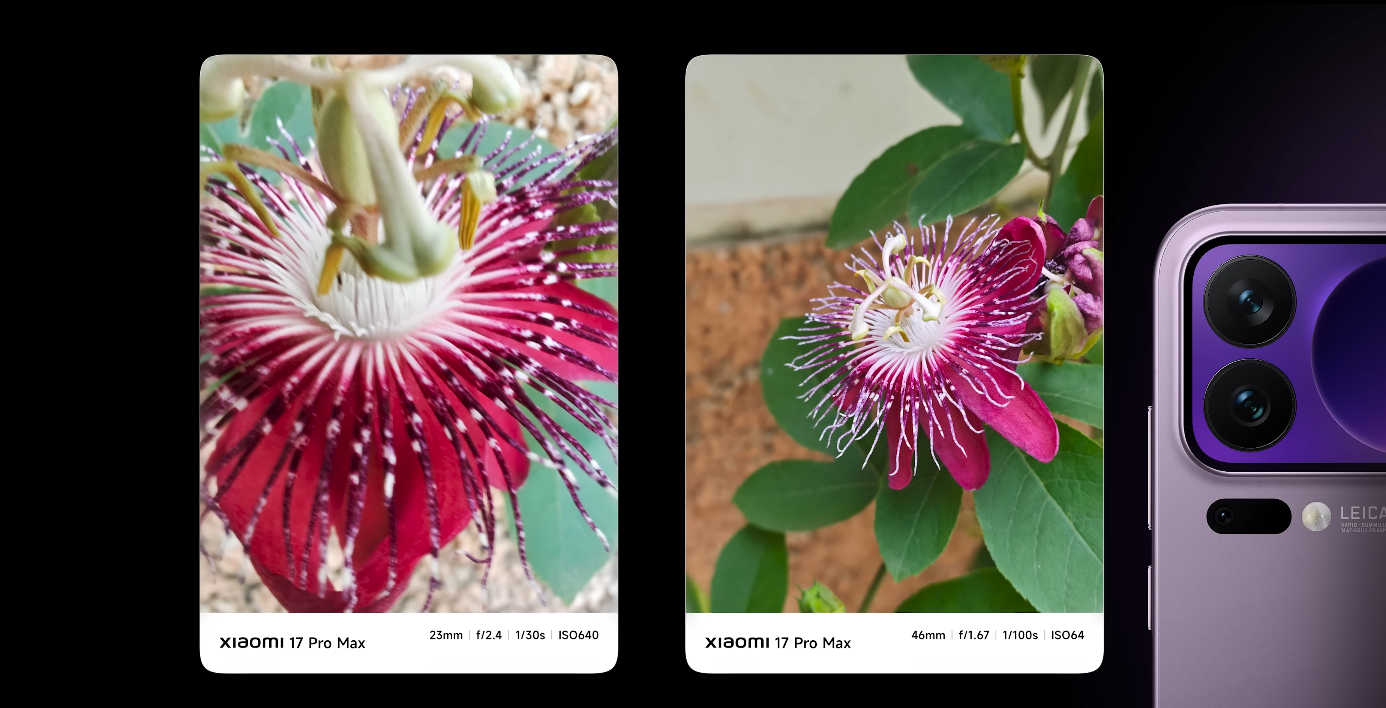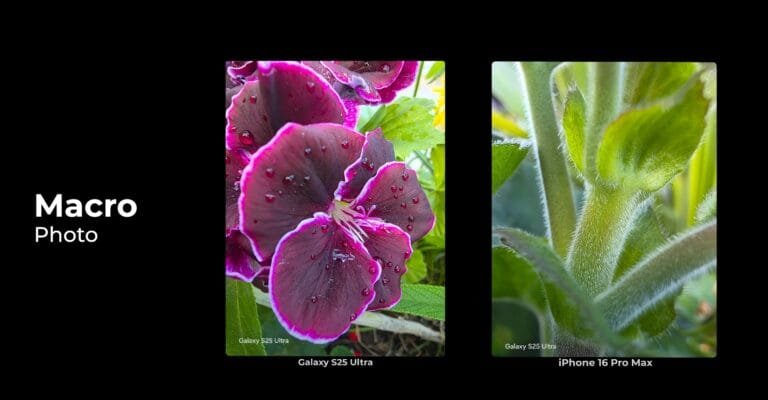Xiaomi 17 Pro Max camera zoom test: 5x periscope vs rivals

Evaluating real-world zoom performance
The Xiaomi 17 Pro Max has brought renewed attention to telephoto performance in flagship smartphones, particularly due to its dedicated 5x periscope zoom system. Zoom capability remains a feature that differentiates premium models, and the Xiaomi approach aims to balance hardware strength, image clarity and consistency. This review focuses on how the 5x zoom behaves in everyday shooting conditions and how it compares with rival flagship zoom systems.
The core of the zoom system is a dedicated periscope module designed to deliver true optical magnification rather than relying heavily on digital enhancement. Optical zoom allows users to approach distant details with reduced loss in texture and clarity. This becomes particularly valuable in outdoor travel scenarios, stadium events, architectural framing, or wildlife observation, where subjects are naturally positioned at distance.
At the 5x level, the Xiaomi 17 Pro Max performs with confidence. In bright daylight settings, the zoom lens preserves sharpness and structural definition well, maintaining clear edges and controlled colour tones. Subjects such as signboards, building facades and distant landscape markers show minimal distortion. The camera system manages contrast effectively to avoid over-smoothing or artificial sharpening, leading to images that appear detailed without being excessively processed.

Transitioning to mid-range zoom levels, such as 3x or 4x, the phone typically blends data from the main sensor and telephoto module to maintain consistency. This hybrid transition is necessary since optical modules do not typically cover every zoom increment. The Xiaomi tuning appears balanced, ensuring that images taken at intermediary focal ranges remain cohesive without sudden shifts in colour profile or detail retention, which helps create a seamless zoom experience.
Beyond the native 5x optical range, the phone enters digital zoom territory. Digital zoom relies on software-based upscaling, which can affect fine detail and introduce visible grain or texture loss, especially in less favourable lighting. That said, the Xiaomi 17 Pro Max manages higher zoom ranges, such as 10x or more, with reasonable clarity where lighting conditions are stable. The resulting images remain usable for sharing, though they will not match the fidelity of the optical stage.
Low-light zoom performance presents a more challenging situation for all smartphone telephoto systems. The Xiaomi 17 Pro Max maintains respectable clarity when capturing subjects in moderately lit environments, aided by stabilisation and multi-frame processing. However, like most compact periscope lenses, performance will soften when light levels drop significantly. In these situations, users may see a slight increase in noise and reduced edge separation, which is expected in this class of device.
Comparing the Xiaomi 17 Pro Max with rivals that employ shorter telephoto focal lengths or standard 3x modules reveals its advantage in pure reach. At the same magnification level, the Xiaomi is able to produce sharper and more natural distant frames because it relies on optical magnification rather than aggressive digital stretching. This results in a more confident performance when capturing subjects that cannot be physically approached.
However, in scenarios where lighting is complex or dynamic, such as evening street photography, certain rivals may lean more heavily on computational techniques to stabilise and balance exposure. The Xiaomi system prioritises hardware reach, whereas some competitors prioritise post-capture enhancement. Users who value a true optical advantage will appreciate the Xiaomi approach, while those who prefer automated image balancing may find certain rival results more consistent in unpredictable lighting.
Depth and perspective compression, which are natural by-products of telephoto focal lengths, are handled well in portrait scenarios. The Xiaomi 17 Pro Max provides smooth background separation that creates a natural emphasis on the subject without excessive blur. This contributes to a refined portrait experience when using the zoom lens, particularly when framing upper-body compositions or environmental portrait scenes.
Overall, the Xiaomi 17 Pro Max demonstrates strong zoom capabilities that stand out in its segment. The hardware-first design of the 5x periscope module provides tangible benefits for distance photography that remain visible in everyday use. The optical clarity at the native zoom level is the highlight, while extended zoom performance remains situationally effective. For users who prioritise zoom reach and detail accuracy, the Xiaomi approach delivers a compelling experience compared to rivals centred more heavily on software interpretation.
In conclusion, the Xiaomi 17 Pro Max offers a well-executed zoom system that rewards thoughtful composition and stable lighting. Its performance at the 5x range is a clear strength, placing it among the more capable zoom-focused flagships. While digital zoom and low-light situations present the usual limitations, the overall performance profile remains strong and competitive, making it a suitable choice for users who frequently capture distant subjects and value optical precision.
Also Read: Redmi K90 Pro Max camera sample night mode: how dark can it go?





